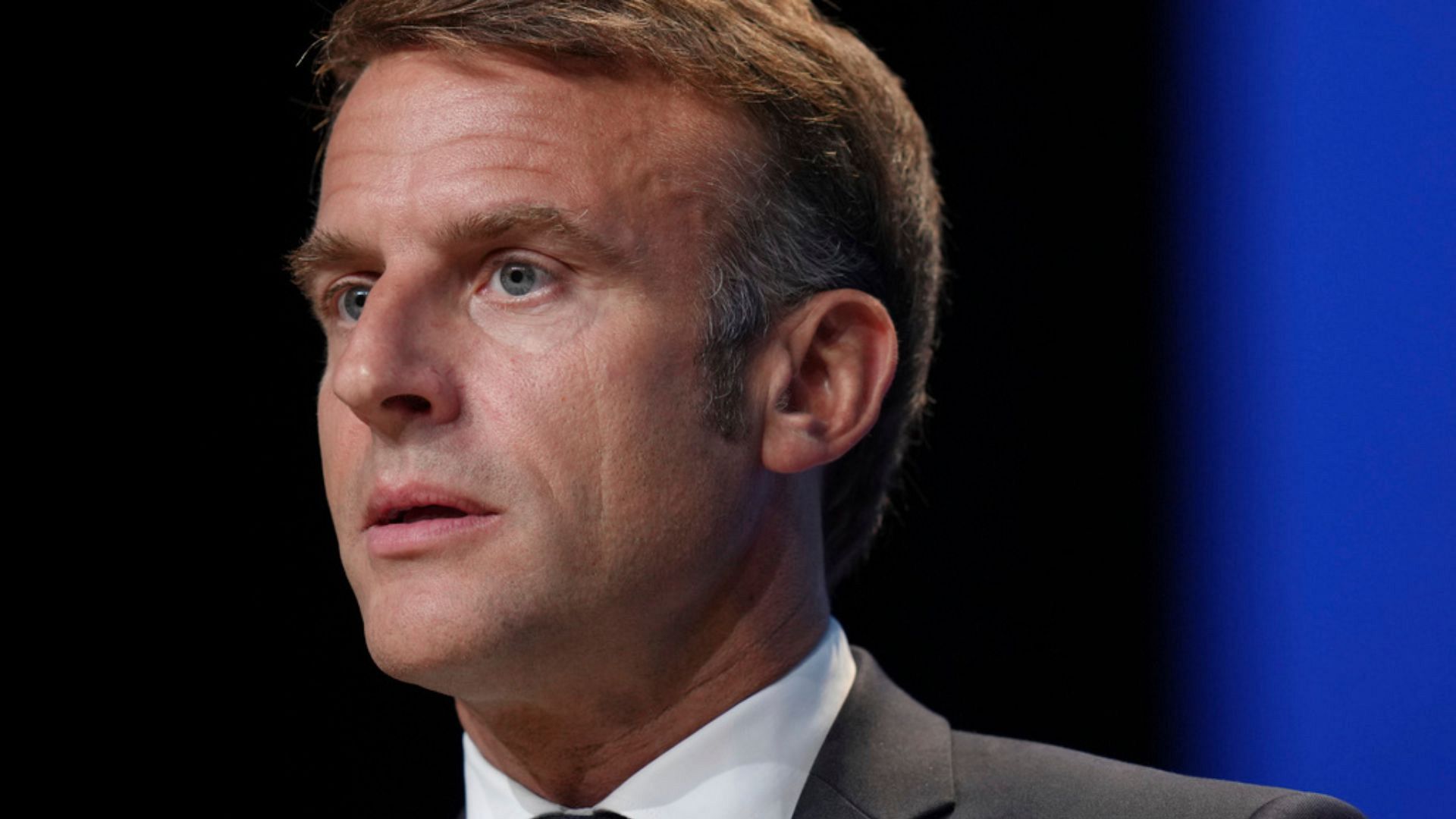Introduction
France’s borrowing of €68.9 billion in the second quarter of 2024 has significantly added to the country’s escalating debt concerns. This surge is contributing to ongoing discussions about France’s budgetary control and economic future.
Public Debt Overview
The public debt in France grew between April and June 2024, reaching 112% of the Gross Domestic Product (GDP). These statistics were unveiled by the French statistics office INSEE. At the end of the second quarter of 2024, France’s Maastricht debt – which refers to general government debt – had accumulated to €3,228.4 billion. This marks an increase of €68.9 billion, following a €58.2 billion rise in the previous quarter.
Government Debt Breakdown
The steep increase in general government debt is primarily attributed to the State’s borrowings. In contrast, the public debt of other central government bodies has decreased. Notably, France’s national state-owned railway company, SNCF Réseau, saw a debt reduction of €4.5 billion in this period. The debt of social security funds continued to rise, while local government debt remained stable.
Budget Deficit Concerns
This mounting debt raises significant worries about France’s budgetary health. The public deficit is projected to exceed 6% of GDP within the year. Over the past 20 years, France’s public debt has surged by over €2,000 billion, reaching levels almost double the 60% ceiling specified by the Maastricht Treaty.
Comparison with Other EU Nations
While these debt levels are alarming, France is not the highest in the European Union (EU). At the end of the first quarter of 2024, Greece had the highest debt relative to GDP at 159.8%, followed by Italy at 137.7%. France ranked third with 110.8%, trailed closely by Spain and Belgium. On the opposite end, Bulgaria, Estonia, and Luxembourg recorded the lowest debt levels, with 22.6%, 23.6%, and 27.2% respectively.
Political and Economic Reactions
Amid these financial strains, France’s political landscape is also tense. Prime Minister Michel Barnier’s new minority government is preparing to unveil the 2025 budget next week. This budget is anticipated to incorporate spending cuts and increased taxes on wealthy individuals and large corporations.
The fragmented parliament includes the NFP left alliance and the far-right National Rally (RN), both of which might collaborate to vote against the new cabinet’s proposals, further adding to political uncertainty.
Investor confidence has been waning as a result. Standard & Poor’s, one of the major rating agencies, downgraded France’s credit rating at the end of May 2024. This downgrade was the first for France since 2013, signaling rising worries about the country’s fiscal health.
Impact on Bond Yields
Uncertainty over France’s economic stability has also affected its bond market. This week, France’s 10-year bonds were briefly seen as riskier than Spain’s, which implies higher costs for France to refinance its debt. Moreover, the interest rate on French five-year bonds recently surpassed that of Greece, reflecting growing apprehension among investors.
Conclusion
As France grapples with its ballooning debt and budget deficit, there are widespread concerns over both economic and political stability. The upcoming 2025 budget announcement will be closely monitored by economists and investors alike, as it is expected to lay out critical measures to address the nation’s financial challenges. In this period of uncertainty, only time will reveal whether France can navigate through its economic hurdles successfully.
